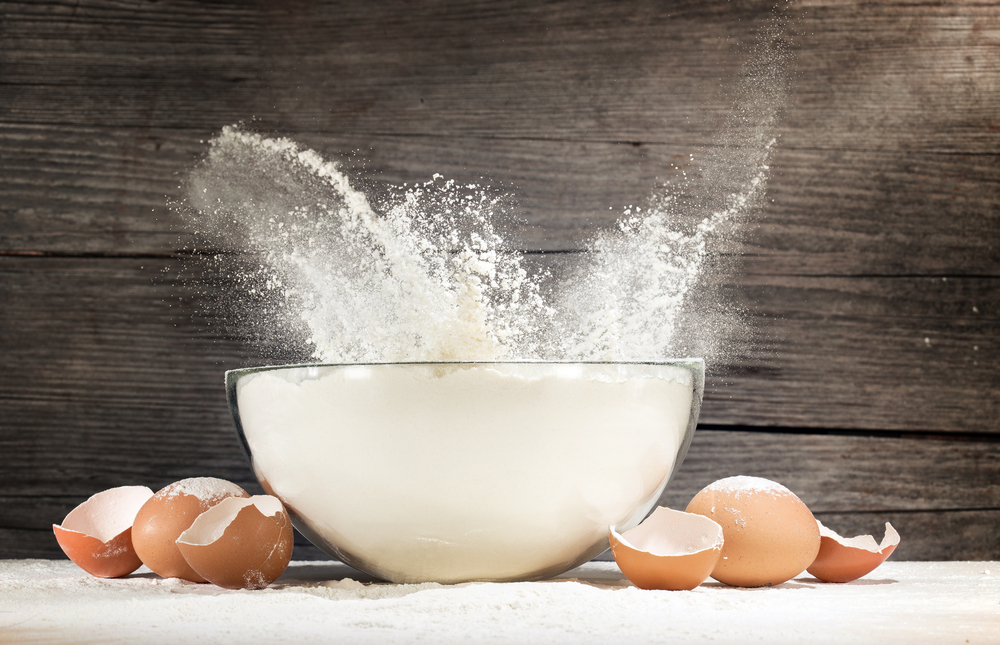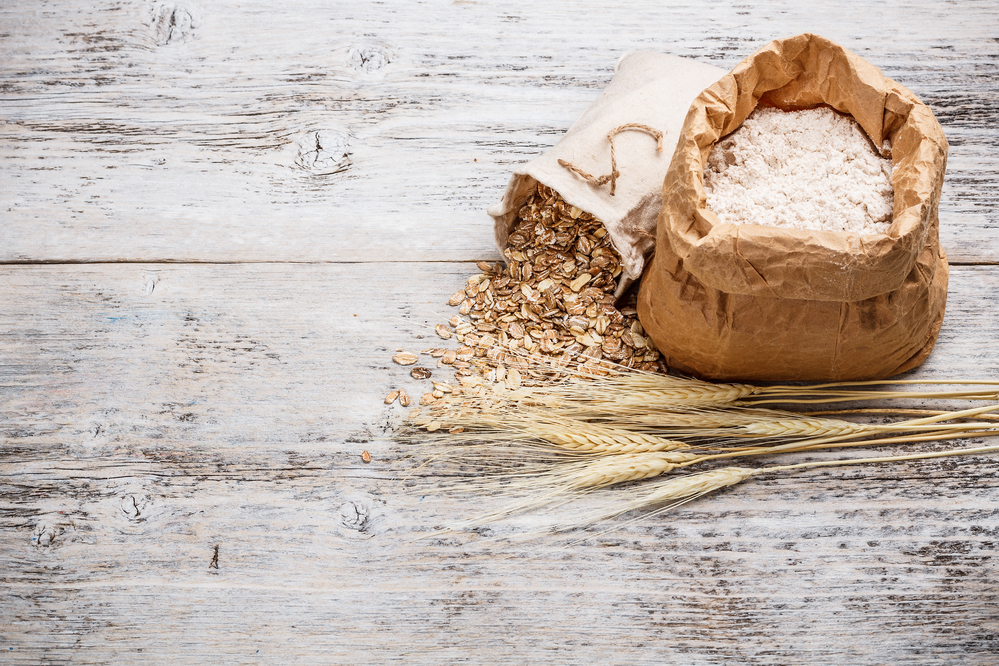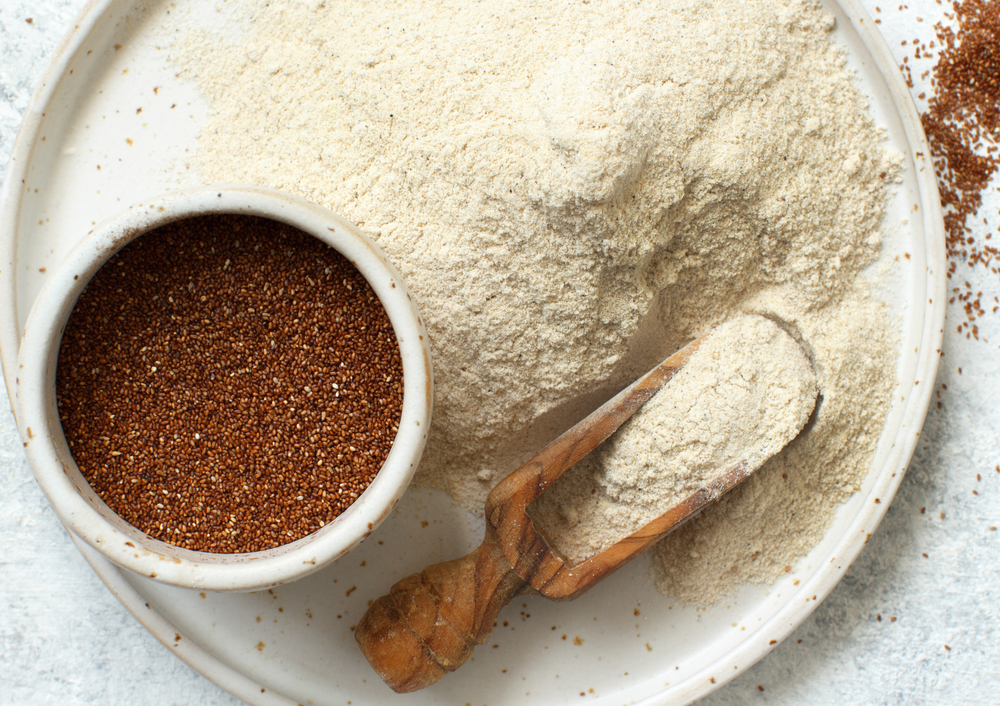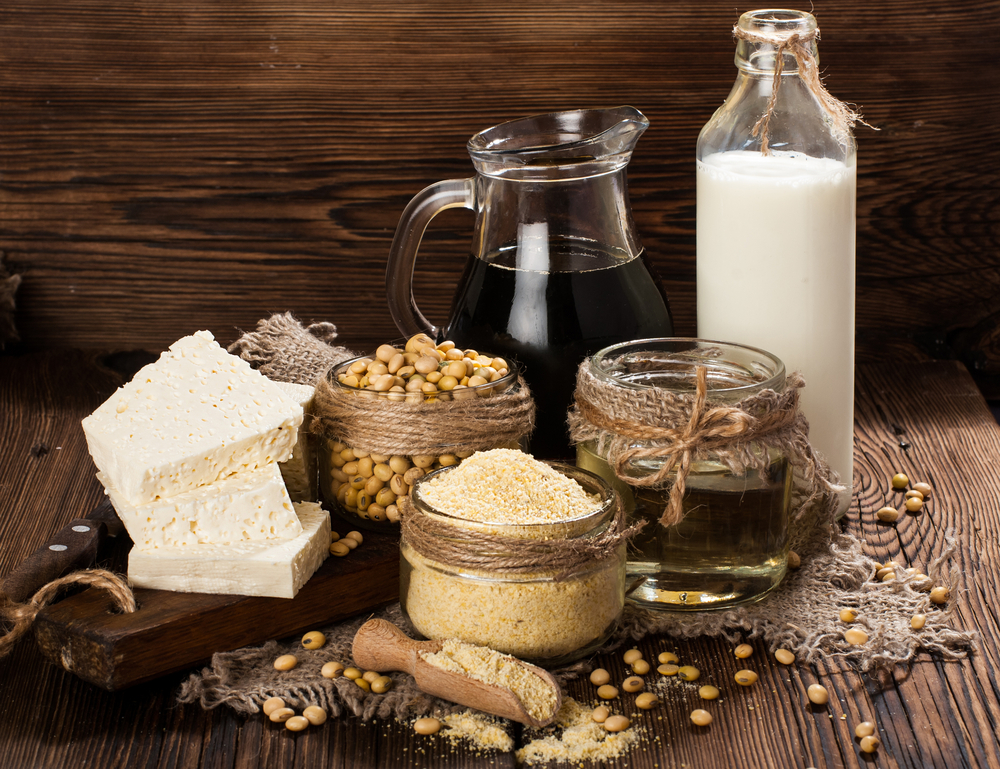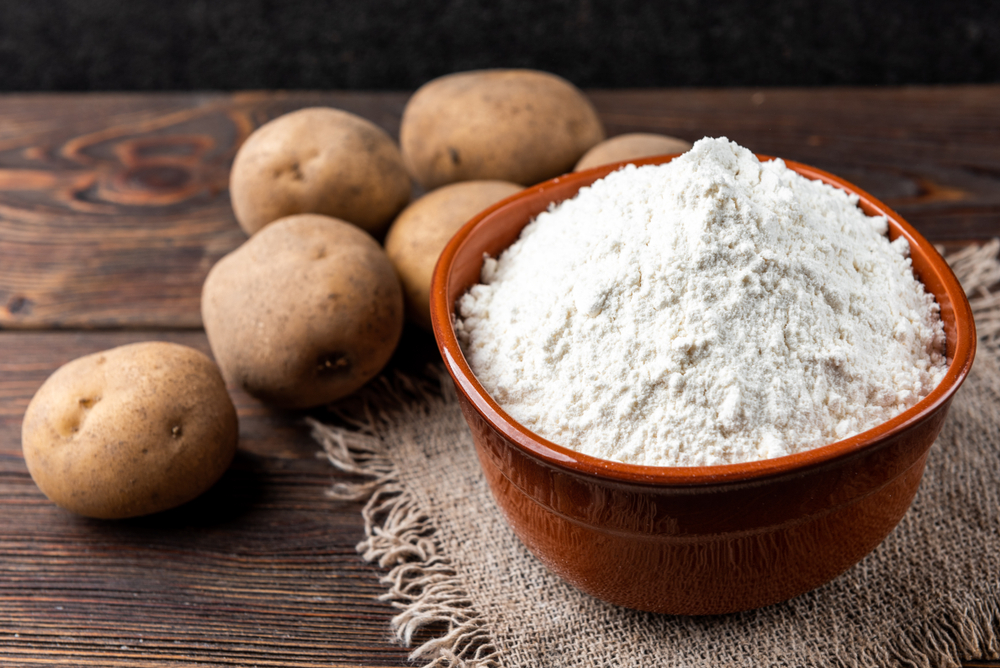Sometimes it can be difficult to tell whether or not the white stuff on your bread is mold. After all, loaves of bread are frequently covered in a light dusting of flour which can resemble some varieties of mold.
Bread mold often appears fluffy and is usually white, gray, or black in color. However, some varieties can also be white or yellow. Regardless, bread mold always causes some discoloration and change in texture to the bread.
To know when something is bread mold and when it is just part of the bread it is important to understand what bread mold is, what types there are, and how mold grows on bread.
What is Bread Mold?
Bread mold, like all molds, is technically a fungus. This means that it is in the same family as several of the mushrooms we eat including morel mushrooms and portobello mushrooms. However, bread mold is not considered an edible fungus.
Bread mold is typically one of the following types of fungi:
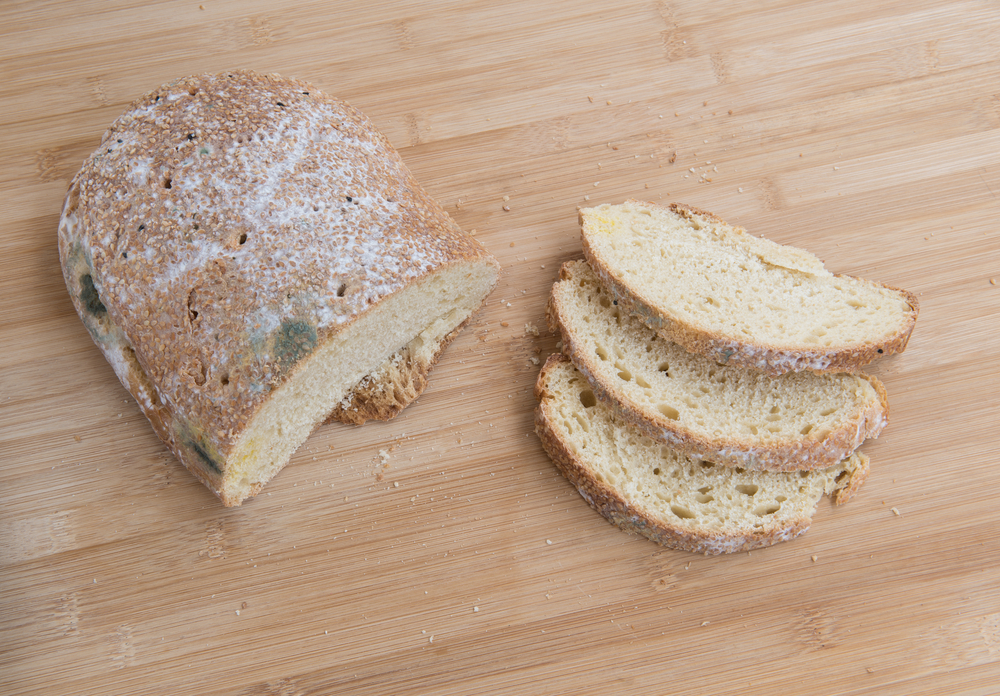
- Aspergillus
- Penicillium
- Fusarium
- Mucor
- Rhizopus
Not every type of mold that grows on bread is dangerous. However, as a general rule, it is recommended to avoid eating the mold that grows on bread. This is because it is virtually impossible to tell just by looking at the mold what type of mold it is.
Although not all molds are harmful, they often look very similar and some molds, like Rhizopus, can be very dangerous to people will compromised immune systems.
What Does Moldy Bread Look Like?
You can usually tell that bread has gone moldy from the appearance of grayish, fluffy patches on the surface of the bread. The fluffy patches are patches of mold that have begun to eat away at the bread.
However, bread mold does not always match the image that we have of fluffy, white, or gray patches. Mold can also come in several different colors and appear different depending on how old the mold is and what type of mold it is.
Depending on the type of fungus causing the mold to grow, the mold can appear white, black, yellow, green, or gray. Some molds may even have a blueish tint to them. Some mold is also smooth instead of fluffy.
Outside of the actual patches of mold, you may notice some changes to the bread itself. The bread may become softer in texture and change color. It can also start to give off a musty scent that is best described as similar to wet dirt. This is because the mold is not only affecting the patches of the bread where it is visible.
Mold Digs Deep
Mold is a type of fungi that has thin roots that can extend deep into the surface it’s growing on. In the case of bread mold this means that even if you only see mold on one side of the bread, the thread-like roots of the mold have likely stretched to reach all parts of the bread.

This is what can cause the changes in texture and scent of the bread as a whole, even if no mold is growing on that particular part. This is why you should also avoid eating bread that has any mold on it. Even if you aren’t eating patches of mold, you are likely still consuming some mold which could be dangerous depending on the species of bread mold.
How Does Mold Form on Bread?
Mold forms when mold spores land on bread that is moist enough and warm enough to support its growth. When you take the bread out of the oven, the majority of its moisture is contained within the inside of the bread. The crust is left very dry and crunchy.
As the bread ages, the moisture from the inside of the bread travels outwards and makes the crust of the bread softer. This means that as the bread ages, it becomes a more suitable home for mold to grow on.
Mold spores are always in the air and will land on bread. However, the molding process will not begin until the outer layers of the bread are moist enough to support the mold. Once the layers are moist enough the mold spores will begin to put out their tiny roots and make their way into the bread.
From there, the mold will continue to grow until it has completely eaten away the bread.
What are the Different Types of Bread Mold?
There are several different types of bread mold that are extremely common. Some of them are technically safe to eat, while others are dangerous. Regardless, it is recommended that you never eat mold on bread since it is difficult to tell the species apart from one another.
Rhizopus
Rhizopus is one of the most common types of mold that you will find growing on bread. Rhizopus initially appears white and fuzzy, but over time black spores will grow on the mold causing it to change color and appear black. This variety of mold is very fast growing and will quickly cover an entire loaf of bread.

Cladosporium
Another type of mold that you will sometimes find growing on bread is Cladosporium. This type of mold is a smooth mold that will not have the same fuzzy texture that you’ll see with the other common bread molds. It is unusually dark green to black and grows in large spots on the bread.
This is one of the more dangerous types of bread molds. If someone with a mold allergy consumes bread that has Cladosporium growing on it, they will likely suffer an allergic reaction.
Penicillium
Quite possibly the most common type of bread mold is Penicillium. This is a cold weather mold meaning that it can grow on bread that is stored in the refrigerator, unlike most other types of mold.
Penicillium usually grows in fuzzy patches that are white, gray, or blue in color. As the mold matures, it can begin to produce toxins. If these toxins are consumed regularly, they can build up in your system and can eventually lead to severe illness or death.
Aspergillus
Aspergillus is another common fuzzy mold that grows on bread. It usually grows in circular patches and comes in many different colors. Depending on the strain of the mold, Aspergillus may appear white, yellow, or green. Just like Penicillium, this mold can produce toxins and you should avoid consuming it.
Mucor
Mucor is a black mold that not only grows on bread but other foods such as seeds. It can also grow within your home in your carpets or HVAC system. When growing on bread, this type of mold often appears green in color.
Mucor, like most other black molds, is very dangerous to humans. Long-term exposure to black molds can cause allergic reactions and adversely affect the respiratory system.
Fusarium
This type of mold is less commonly found on bread. However, if it does grow on bread it can have dangerous consequences. Fusarium mold is most often found growing in moist environments and can even spread to surfaces in your home.
If given the opportunity, this type of mold can also cause dangerous infections in the body including nail infections and cornea infections.
How Do You Prevent Bread Mold?
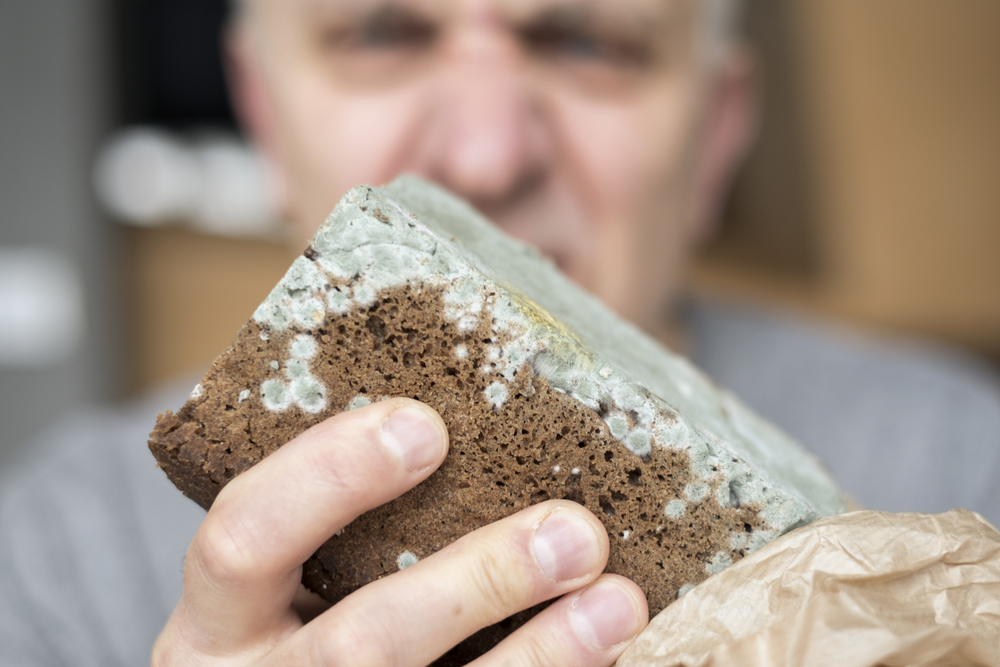
The best way to prevent bread mold is to limit the moisture that your bread is exposed to. Mold will not grow on bread unless the bread is moist enough to support the mold. Over time, the crust of the bread will naturally become moister as the moisture inside the bread migrates outwards. There is no stopping this process however, there are some things you can do to slow it down.
Use a Paper Bag
One of the easiest ways to slow down the moistening of bread is by placing it in a paper bag. Most bread from the store is sold in plastic bags. Although this does protect the bread, it also traps moisture within the bag.
Paper bags allow the water to escape from the bag and prevent it from collecting on the bread and creating a moist environment. Although this will not completely stop the molding process, it can slow it down and help to keep the bread’s crust from going soggy.
Store the Bread in the Fridge
Another way to slow mold growth down, especially if you’re not planning on eating the bread right away, is to store it in the fridge. For most molds to grow, the bread needs to be at room temperature or warmer. In the refrigerator, the temperature is too low for the mold to grow.
Keep in mind that some mold can grow in lower temperatures. However, the majority of molds cannot, and keeping your bread in the refrigerator can help to reduce the amount of mold that grows.
Freeze the Bread
The last thing that you can do to prevent mold is to put your bread in the freezer. When the bread is frozen, no mold can grow. This method is ideal if you are buying bread in bulk and need to keep it fresh for several weeks or months.
Is It Safe to Eat Bread with a Little Mold On It?
It is not considered safe to eat bread with even a little bit of mold on it. It is almost impossible to tell what type of mold is growing on your bread without the use of a microscope. This means that if you eat bread, you could accidentally consume a mold that contains toxins or could cause an allergic reaction.

Some molds technically are safe to eat and won’t cause any adverse side effects. However, since it is so difficult to tell them apart, it is better to be safe than sorry and not eat the bread.
Should you throw away bread if one piece is moldy?
It is recommended to throw away the entire loaf of bread even if just one piece of moldy. This is because fungi have an extensive root system that extends beyond where the visible mold appears. This means that even if there is no visible mold on your piece, there are likely traces of mold within the bread that you can’t see which could make you sick.
What should I do if I accidentally ate bread mold?
If you accidentally ate bread mold most of the time you will be okay. However, you should still monitor how you’re feeling and keep track of any symptoms that develop. If you are worried, you can call your local poison control and ask them what steps you should follow.
If you begin to develop symptoms after eating bread mold you should go to the doctor and have them examine you.
How long after eating bread mold will I get sick?
The length of time that it takes to get sick after eating mold varies depending on the type of mold that you consumed. With some molds, you will notice symptoms within minutes while others can take days and multiple doses to cause negative effects.
If you have an allergic reaction, you can expect to start noticing symptoms within several minutes of eating the mold. If you have a severe, anaphylactic reaction you should call 911 and go to the hospital where they can treat you appropriately.
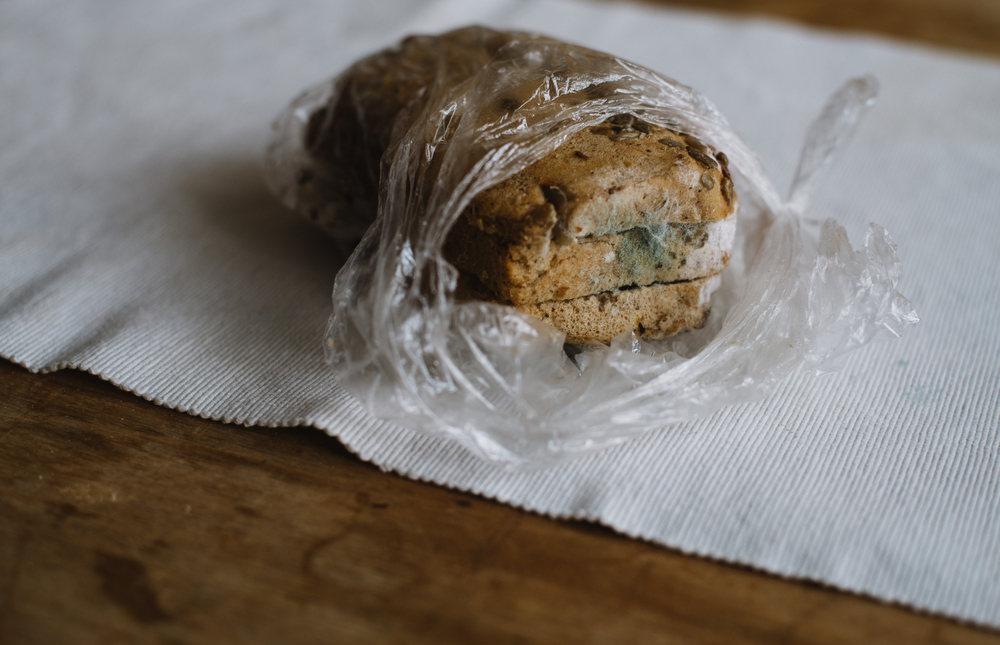
Can you eat moldy bread if you toast it?
No, you cannot eat moldy bread even if you toast it. Toasting the bread may kill the mold, but it does not remove the dangerous toxins from the bread. These toxins remain intact and can still make you sick if consumed.
Conclusion
No matter how little mold there is on bread, you should never consume it. Bread mold can contain toxins that can cause allergic reactions and, in serious cases, lead to death. Some varieties of mold are not dangerous, but it is virtually impossible to tell the different varieties apart without the use of a microscope.
Instead of eating bread with mold on it, you should do your best to prevent mold from growing in the first place. You can do this by keeping your bread away from moisture sources and keeping it in a cool environment. Doing these things will make it more difficult, although not impossible, for the mold to grow.



